Occupation Fashion designer | Role Fashion Designer | |
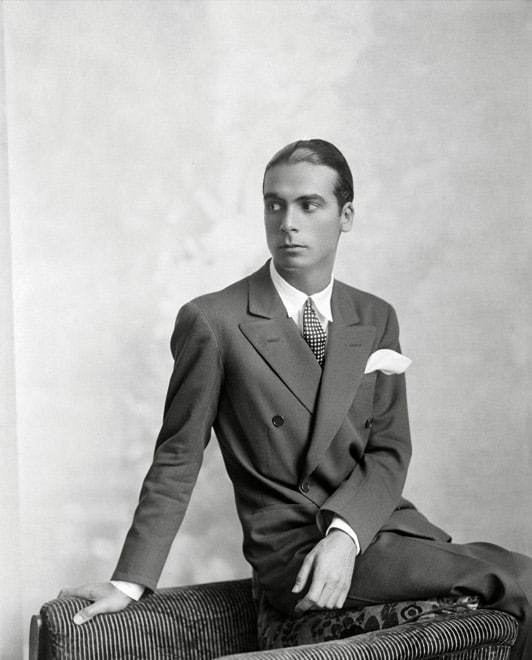 | ||
Other names Basque: Cristobal Balentziaga Eizagirre Books Balenciaga: Masterpieces of Fashion Design Parents Martina Eizaguirre Embil, Jose Balenciaga Basurto Similar People Nicolas Ghesquiere, Christian Louboutin, Giuseppe Zanotti, Alexander Wang, Yves Saint Laurent Died March 23, 1972 (aged 77), Xabia, Spain | ||
Secrets of Balenciaga's design revealed
Cristóbal Balenciaga Eizaguirre ([kɾisˈtoβal βalenˈθjaɣa ejθaˈɣire]) (January 21, 1895 – March 23, 1972) was a Spanish Basque fashion designer and the founder of the Balenciaga fashion house. He had a reputation as a couturier of uncompromising standards and was referred to as "the master of us all" by Christian Dior and as "the only couturier in the truest sense of the word" by Coco Chanel, who continued "The others are simply fashion designers". He continues to be revered as the supreme deity of the European salons. On the day of his death, in 1972, Women's Wear Daily ran the headline "The king is dead" (no one in the fashion world had any doubt as to whom it referred).
Contents
- Secrets of Balenciagas design revealed
- Balenciaga and Spain by Hamish Bowles Vogue
- Biography
- Work
- Expositions
- References
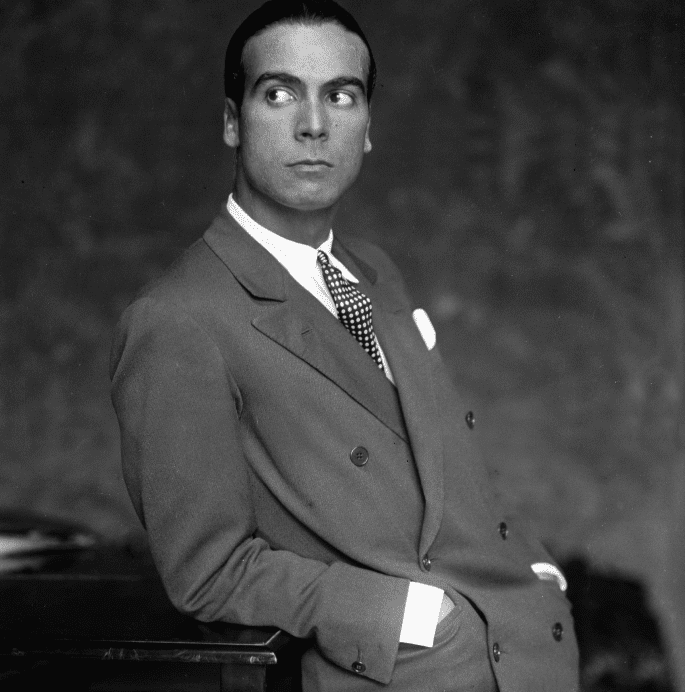
Since 2011 the purpose built Museo Balenciaga exhibits examples of his work in his birth town Getaria. Many of the 1200 pieces in the collection were supplied by his pupil Hubert de Givenchy and clients such as Grace Kelly.
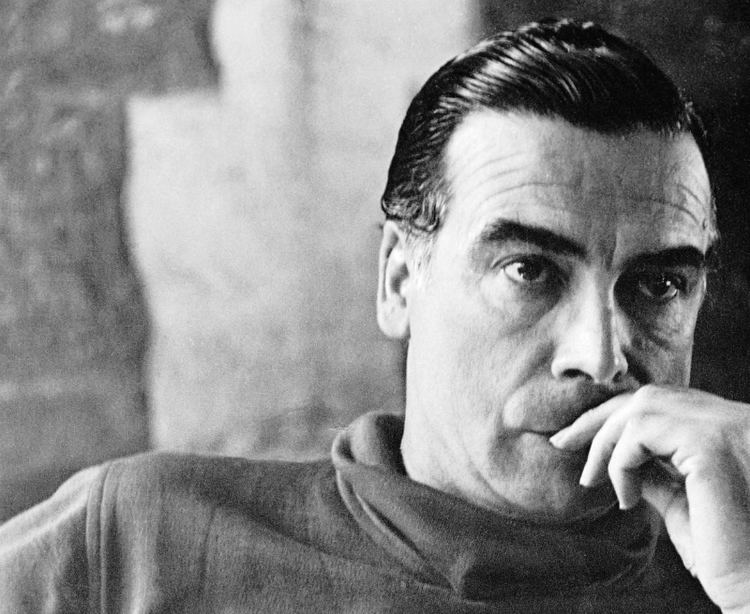
Balenciaga and Spain by Hamish Bowles, Vogue
Biography

Balenciaga was born in Getaria, a fishing town in the Basque province of Gipuzkoa, on January 21, 1895. His mother was a seamstress, and as a child Balenciaga often spent time with her as she worked. At the age of twelve, he began work as the apprentice of a tailor. When Balenciaga was a teenager, the Marchioness de Casa Torres, the foremost noblewoman in his town, became his customer and patron. She sent him to Madrid, where he was formally trained in tailoring. (Balenciaga is notable as one of the few couturiers in fashion history who could use their own hands to design, cut, and sew the models which symbolized the height of his artistry.)
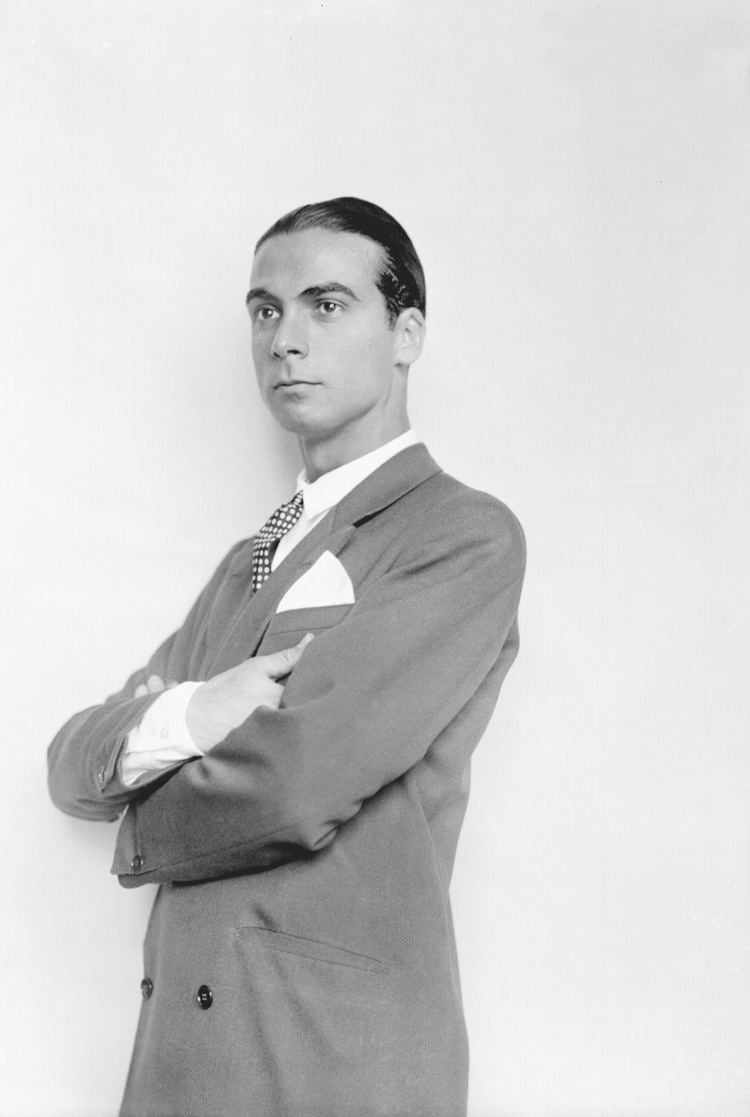
Balenciaga was homosexual, although he kept his sexuality private throughout his life. The love of his life and long time partner was Franco-Russian milliner Vladzio Jaworowski d'Attainville, who had helped fund setting him up. When d'Attainville died in 1948, Balenciaga was so broken he almost considered closing the business.

Balenciaga was successful during his early career as a designer in Spain. He opened a boutique in San Sebastián, Spain, in 1919, which expanded to include branches in Madrid and Barcelona. The Spanish royal family and the aristocracy wore his designs, but when the Spanish Civil War forced him to close his stores, Balenciaga moved to Paris. Balenciaga opened his Paris couture house on Avenue George V in August 1937.

However, it was not until the post-war years that the full scale of the inventiveness of this highly original designer became evident. In 1951, he totally transformed the silhouette, broadening the shoulders and removing the waist. In 1955, he designed the tunic dress, which later developed into the chemise dress of 1957. And eventually, in 1959, his work culminated in the Empire line, with high-waisted dresses and coats cut like kimonos.

In 1960 he made the wedding dress for Fabiola de Mora y Aragón when she married king Baudouin I of Belgium. The Queen later donated her wedding dress to the Cristóbal Balenciaga Foundation.
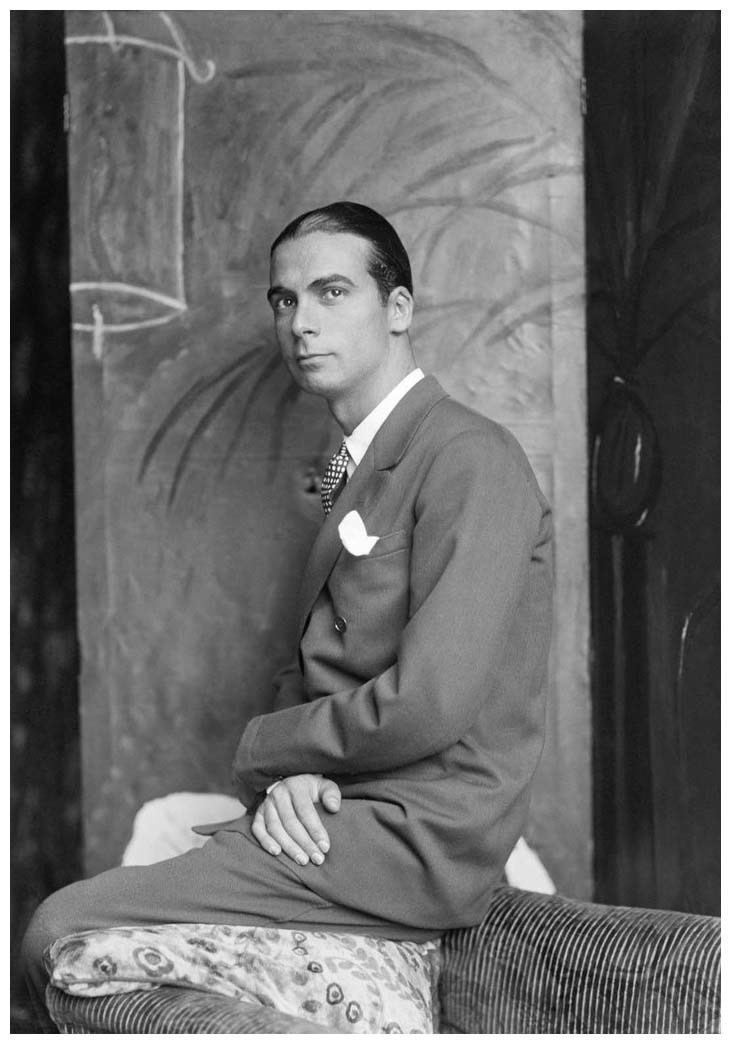
His often spare, sculptural creations were considered masterworks of haute couture in the 1950s and 1960s.
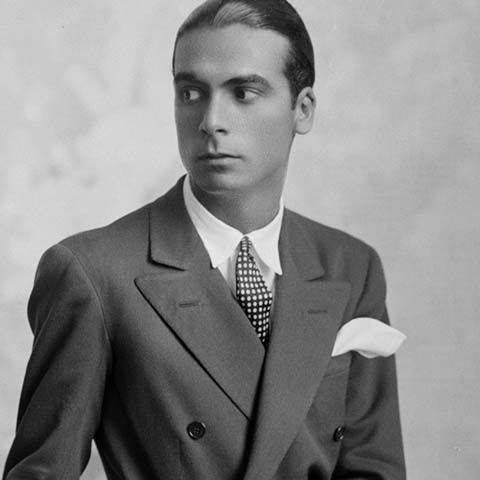
Balenciaga closed his house in 1968 at the age of 74 after working in Paris for 30 years. He decided to retire and closed his fashion houses in Paris, Barcelona and Madrid, one after the other. Balenciaga died March 23, 1972 in Xàbia, Spain.

He taught fashion design classes, inspiring other designers such as Oscar de la Renta, André Courrèges, Emanuel Ungaro, Mila Schön and Hubert de Givenchy. Today the Balenciaga fashion house continues under the direction of Demna Gvasalia and under the ownership of the Kering Group.
Work
During the 1950s designers like Christian Dior, Pierre Balmain, Coco Chanel, amongst others emerged creating pieces very representative to their fashion house and to their own style. However, an important protagonist for this period was Cristobal Balenciaga. This Spanish fashion designer was known as “The King of Fashion” and was one of the great masterminds of that period. Balenciaga was born and raised in Spain, where he worked for the Spanish royalty; but because of the war he moved to Paris where he became this “King of Fashion”. The most brain catching designer of this period was Balenciaga because of his structural designs, that were never seen before on the fashion world. Balenciaga was a master in tailoring, and he always was able to translate his illustrations from paper to real life. All of this, due to his advanced tailoring skills. Balenciaga’s skills gave him an advantage over designers all over the world, making him a major target for costumers. “He reshaped women’s silhouette in the 1950’s, so that clothe we think as typical of that decade are mostly dilutions of his work” (Irvine, 2013). Compare to some work like the “New Look” from Christian Dior, where you see full skirts and very tiny waist, Balenciaga changed all of these to look like the Yoki coat which was a one seam coat or to voluminous looks. However, this voluminous look makes costumers from all over the world to travel for his outfits.
Expositions
On 24 March 2011 at San Francisco’s M.H. de Young Museum they celebrated the opening of “Balenciaga and Spain,” a 120-piece fashion retrospective of Cristóbal Balenciaga’s career. “You can’t even measure it,” said Rodarte designer Laura Mulleavy of Balenciaga’s influence. The $2,500-a-ticket fund-raiser for the museum drew 350 guests, including Marissa Mayer, Jamie Tisch, Gwyneth Paltrow, Orlando Bloom, Balthazar Getty, Maggie Rizer, Connie Nielsen, Maria Bello and Mia Wasikowska.
On 7 June 2011, the Balenciaga Museum was inaugurated in his hometown of Getaria by Queen Sofía of Spain and with the presence of Hubert de Givenchy, honorific president of the Balenciaga Foundation. The museum has a collection of more than 1,200 pieces designed by Balenciaga, part of them donations by disciples like Givenchy or clients, like Queen Fabiola of Belgium and the heirs of Grace Kelly.
